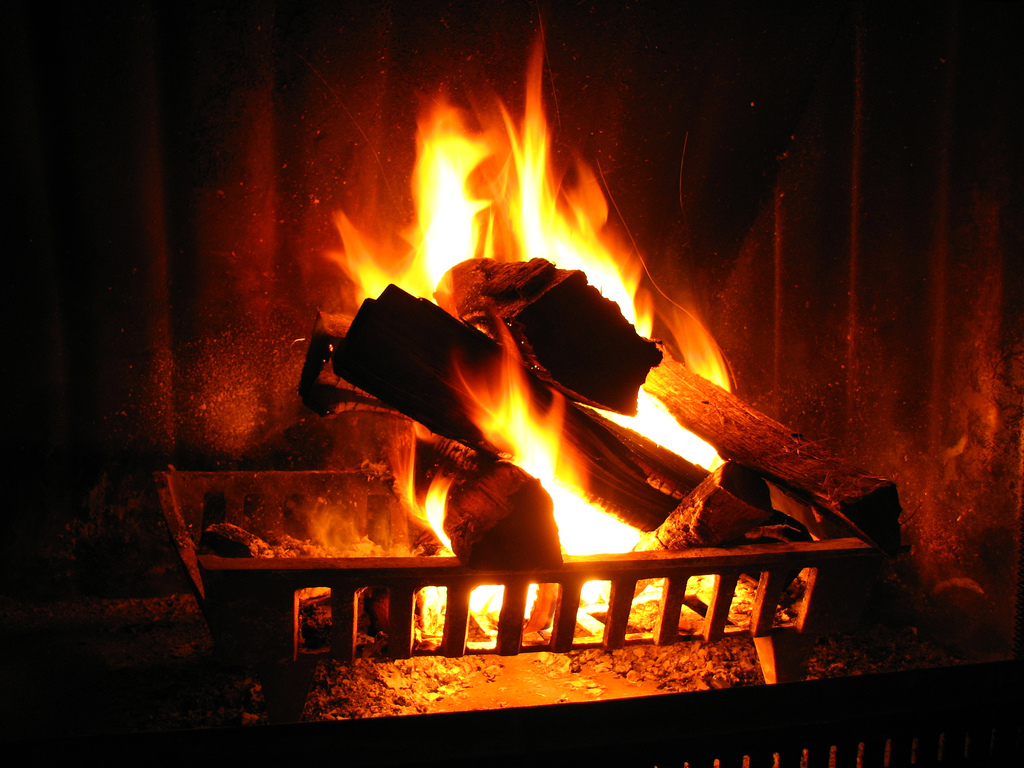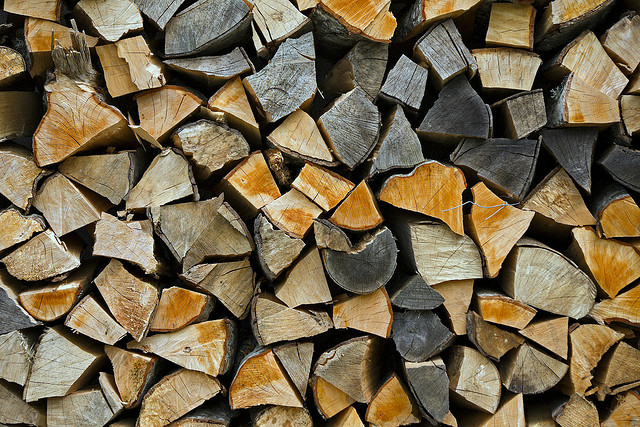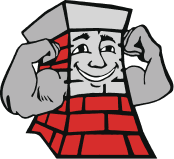A Simple Wood Burning Guide
 If you have difficulty getting a fire started in your fireplace or if you don’t know how to burn fires that produce the amount of heat you want, this simple guide for wood burning is for you. Improving your wood burning skills will be a lot easier than you think. Check out these tips from our qualified professional chimney sweeps for getting the perfect, warm fire going during the next few cold winter months.
If you have difficulty getting a fire started in your fireplace or if you don’t know how to burn fires that produce the amount of heat you want, this simple guide for wood burning is for you. Improving your wood burning skills will be a lot easier than you think. Check out these tips from our qualified professional chimney sweeps for getting the perfect, warm fire going during the next few cold winter months.
Ignite the Fire
What is necessary to get a fire started? A simple and oft-used model called a “combustion triangle” or “fire triangle” illustrates the three necessary components of a fire. To start a fire, you need: heat, fuel, and oxygen.
The best fuel for rekindling or starting a fire is either two or three finely split, very dry softwood logs or some other type of kindling, such as small sticks. The best wood to use for kindling is pine, cedar, or any other dry softwood. Set some black and white pages of newspaper under the kindling and light it with a lighter or match. As the kindling burns, slowly add increasingly larger logs.
Please note:
-
Do not throw any type of flammable liquid, such as gasoline, on the fire because it is both unnecessary and extremely dangerous to do so.
-
Do not burn glossy printed paper such as magazine pages on the fire because it can release toxic fumes and cause dangerous creosote in the chimney liner.
Oxygen is required for the kindling to ignite. Some type of air inlets are necessary, to produce good results. Be sure to open the damper of the chimney; not only will this prevent smoke from filling your home, it should also create a draft that helps get the fire started. Put the kindling and logs on a fireplace grate, to be sure plenty of air can get to the fire.
If there isn’t a sufficient supply of air, the problem could be that your home is sealed too tightly. For a temporary solution, try opening a window slightly; that should create enough of a draft to start the fire. If you have difficulty creating getting air to the fireplace, contact our chimney professionals, who can help you improve the draft in the fireplace and chimney.
Burn Seasoned Hardwood or Softwood
 If the fires in your fireplace are usually either too warm or not warm enough, it could be because of the type of fuel you are using together with the way the fire is built.
If the fires in your fireplace are usually either too warm or not warm enough, it could be because of the type of fuel you are using together with the way the fire is built.
The wood you burn needs to be seasoned or dried out. Unseasoned firewood is full of moisture. Fires built with wet or green wood are smoky, highly inefficient, and put off very little heat.
When wood is properly seasoned, it will provide warmth, burn clean, and produce very little smoke. It usually takes from six to nine months for firewood to dry out, as long as it is properly stacked and exposed to air but not moisture.
Hardwoods are very dense; they burn longer and produce more heat. Softwoods burn more quickly and radiate less heat.
Build the Ideal Fire
Not only the type of wood you burn but also the way the firewood is placed in the fireplace determines whether your fire burns quickly or slowly and how much heat the fire produces.
For a rapidly burning fire than can provide the right amount of heat for a mild winter day, loosely stack at least three pieces of softwood in a crisscross pattern.
For a long-burning fire that produces a lot of heat, use large pieces of hardwood and place them close together.
Our chimney professionals are available to help you get your chimney and fireplace or wood stove in top working condition. Give us a call today.
Northeastern Chimney, Inc
37 Cody Street, West Hartford, CT 06110
Phone: 860-233-5770


